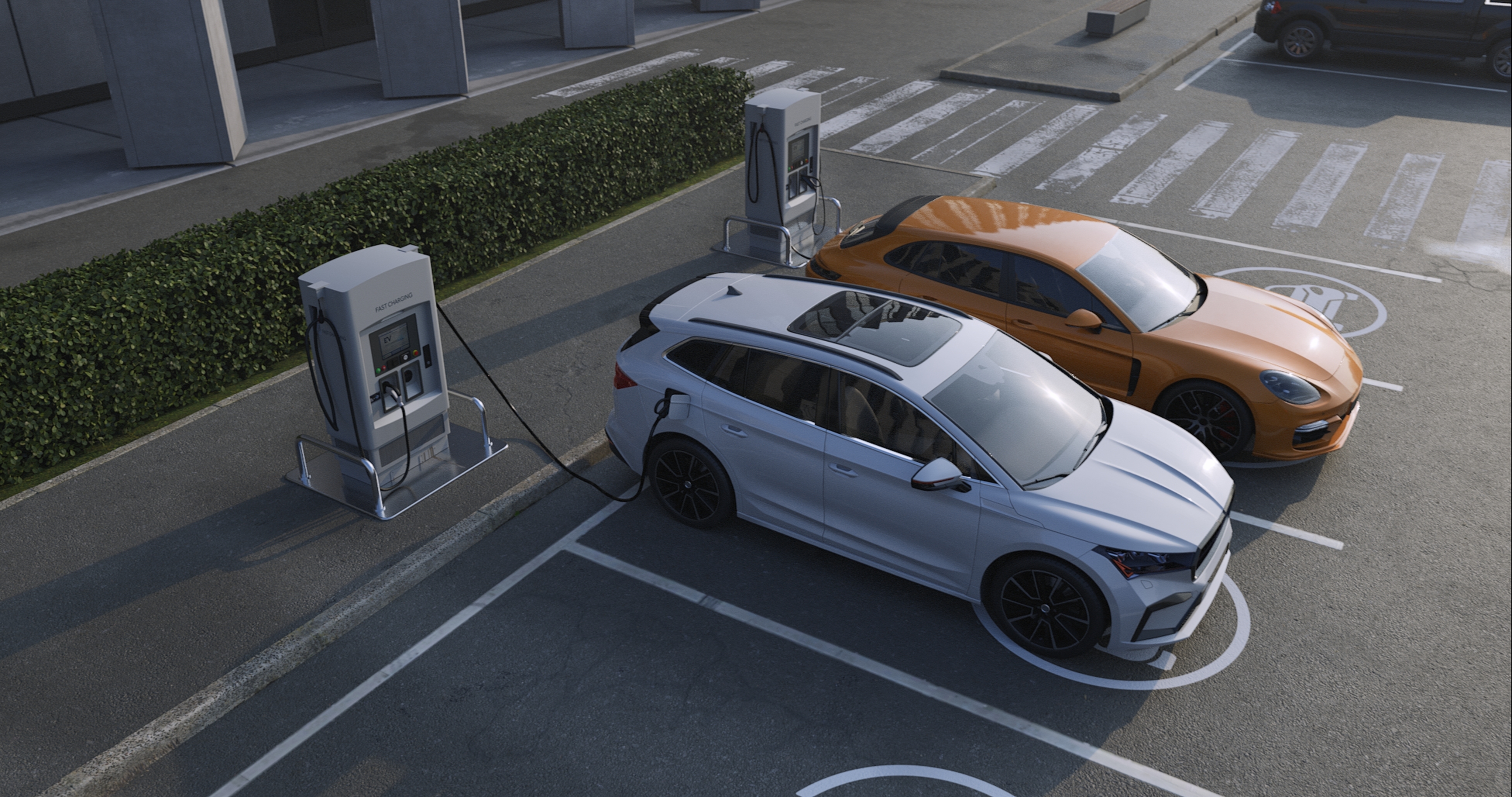Electric SUV Guide for Families and Buyers
Electric SUVs are becoming a common sight on roads as manufacturers adapt battery-electric technology to larger vehicle formats. For families and buyers considering a three row or two-row model, there are practical trade-offs to understand: range, interior space, charging options, and everyday usability. This guide explains core concepts and helps you evaluate whether an electric vehicle SUV fits your household needs.

What is an electric vehicle and how does it work?
An electric vehicle uses one or more electric motors powered by a rechargeable battery pack instead of a conventional internal combustion engine. Energy flows from the battery to the motors through an inverter, and regenerative braking captures some kinetic energy back into the battery during deceleration. Compared with a gasoline car, an electric vehicle typically has fewer moving parts, which changes maintenance needs and influences long-term ownership considerations. Understanding battery capacity (measured in kWh) and rated range helps set realistic expectations for daily driving and longer trips.
How does an SUV change when it’s electric?
When a traditional SUV is built as an electric vehicle, packaging and performance shift. Batteries are often mounted low in the floor, lowering the center of gravity and improving handling but adding weight. That increased mass can reduce efficiency compared with smaller EVs, so manufacturers balance battery size, aerodynamic features, and powertrain tuning to meet range targets. Electric SUVs also often offer instant torque, which can make acceleration feel brisk despite the vehicle’s size. Consider build materials, towing capacity, and how the model manages heat for battery longevity in different climates.
Are three row electric SUVs practical for families?
Three row electric SUVs must balance seating capacity against battery placement and cargo space. Adding a third row often reduces cargo area behind the rearmost seats unless designers extend the vehicle’s length or compromise battery layout. For families, this means checking adult legroom, seat fold patterns, and ISOFIX/LATCH anchor placements for child seats. Weight from larger batteries can slightly impact handling, and frequent use of all seats reduces range due to added passenger weight and possible roof cargo. Evaluate real-world interior measurements and try seating configurations to confirm practicality for your family’s routines.
How does an electric car perform day-to-day?
In daily use, many electric cars and SUVs excel for commuting, school runs, and errands, offering quiet cabins and responsive acceleration. The main practical consideration is charging: home charging overnight on a dedicated Level 2 charger usually covers daily needs, while public fast chargers are useful for longer trips. Range varies by model and driving conditions; cold weather, high speeds, and roof racks lower range. Maintenance differs from combustion cars — there’s no oil change but battery health, cooling systems, brakes (which may last longer due to regenerative braking), and tire wear still require attention. Plan for charging access at home or local services to support ownership.
How can families choose the right electric SUV?
Families should prioritize factors that match their lifestyle: required seating (three row vs two row), realistic range requirements, and available charging options at home or in your area. Consider cargo needs with typical passenger loads and whether rear-seat space suits child seats and booster cushions. Safety ratings, driver-assist features, and visibility are important for family trips. Evaluate interior storage for daily essentials, HVAC performance for comfort with multiple passengers, and infotainment features for long drives. Test-driving with a full seating arrangement and checking local services for charger installation can reveal important, non-obvious differences between models.
Conclusion
An electric SUV can offer a spacious, quiet, and efficient option for family transportation, but the choice depends on how you use the vehicle day-to-day. Key considerations include seating layout, real-world range under loaded conditions, access to reliable charging, and interior packaging for passengers and cargo. Careful measurement, test drives, and planning for charging infrastructure will help determine whether a three row electric SUV or a smaller electric car better fits your household needs.





